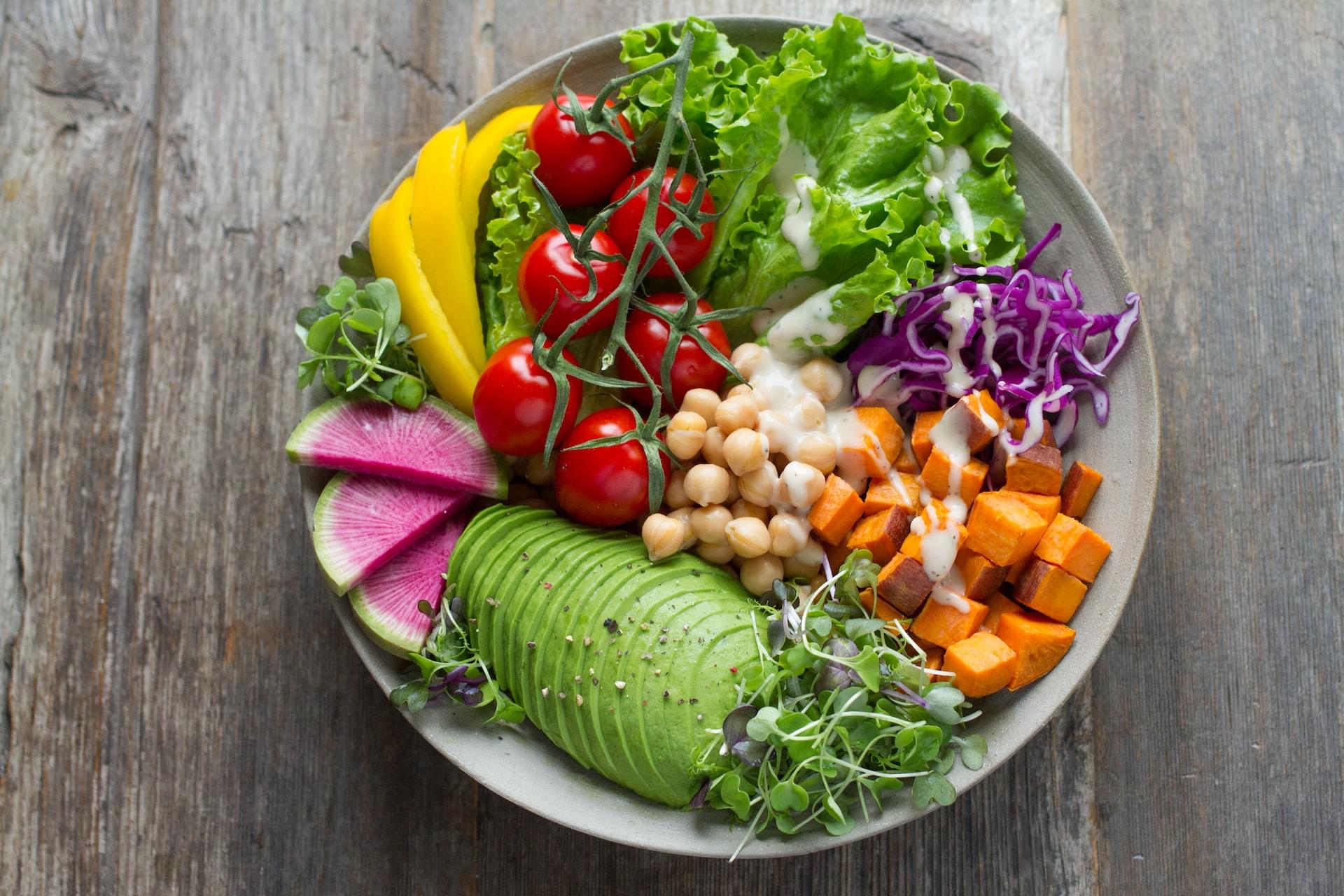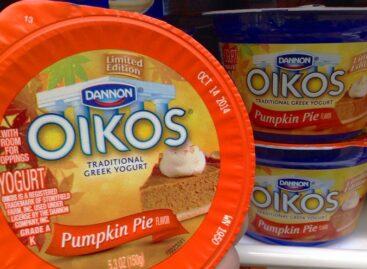’Healthy’ gets a new definition from FDA
The FDA issued new guidelines for “healthy” food that vary based on the product type, with a baseline nutrient density for each. All foods that can be labeled as “healthy” bolster the current Dietary Guidelines for Americans. However, there is a limit for the amount of less beneficial nutrients — including added sugars, sodium and saturated fats — a food item with the claim can have.

The labels become stricter and more uniform
Under the new guidelines, something that is “healthy” needs to have the equivalent of a serving of fruits, vegetables, grains, dairy or protein foods as indicated in the Dietary Guidelines for Americans. Raw, whole fruits and vegetables automatically can bear the claim. There is a scale for different kinds of prepared products that has a nutrient requirement and percentage limits for the recommended daily intakes of added sugars, sodium and saturated fats. The limit for sodium is 10% of the DV per serving (230 milligrams per serving).
“Healthy” was first given a regulated definition in 1994, but it focused heavily on fat content. The proposed rule would update the “healthy” claim definition to better account for how all the nutrients in various food groups contribute and may work synergistically to create healthy dietary patterns and improve health. Under the proposed definition for the updated “healthy” claim, which is based on current nutrition science, more foods that are part of a healthy dietary pattern and recommended by the Dietary Guidelines would be eligible to use the claim on their labeling, including nuts and seeds, higher fat fish (such as salmon), certain oils.
Because consumers have long been interested in finding ways to more easily identify healthy foods, the agency is also in the process of studying and exploring the development of a symbol that manufacturers could use to show that their product meets the “healthy” claim criteria.
Related news
FDA to allow yogurt makers to claim food lowers risk of type 2 diabetes
The agency, citing “limited evidence,” agreed that eating at least…
Read more >This year’s Black Friday broke all records in America
According to a recent report by Adobe Analytics, Black Friday…
Read more >The average producer price of raw milk fell by 20 percent in one year
In August 2023, the producer price of raw milk in…
Read more >Related news
“To the bin with food waste” – the Nébih No Leftovers program announces a poster design competition
On the occasion of the Sustainability Theme Week, the program…
Read more >Aldi to create 5,500 new jobs in the UK this year
In the UK Aldi is creating 5,500 new jobs as…
Read more >







